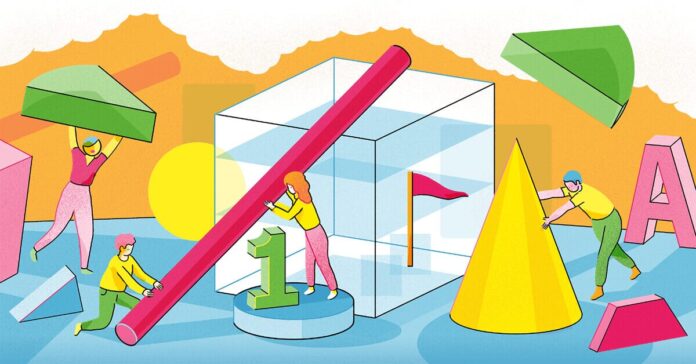Gamification is already being implemented in businesses, what can we learn from that?
What makes gamifying the workplace so popular? The fact that it’s so effective. Just take a look at these gamification statistics:
- 90% of employees say gamification makes them more productive.
- Employees report a 60% increase in engagement with a gamified work experience.
- Organizations that implement gamification strategies are seven times more profitable than those that don’t use them.
What Are Gamification Strategies for Business?Clearly, there are a lot of benefits to gamification. However, there are also pitfalls, and some organizations go too far with these strategies, leading to negative results that impact business objectives.
Let’s take a look at what works with using gamification in the workplace vs. what doesn’t.
1. Take the long view.
Regardless of who or what you’re trying to gamify, you must take the long view.
It’s very easy to get people excited such an initiative at first, but over time, that enthusiasm can wane, especially if your gamification attempts are needlessly complicated.
One of the chief things to avoid when it comes to gamification in the workplace is going too deep too early.
2. Don’t overemphasize rewards.
Thinking that people will participate in your program only if the rewards are big and flashy is a fallacy.
The best corporate gamification programs are about the competition itself. The problem with relying on big rewards to motivate employees are twofold:
- You can’t keep funding big rewards over the long-term. (Remember what we just talked about above?)
- It can create false incentives. In other words, people end up cutting corners just for the win.
3. Create a level playing field.
When we help our clients gamify their employee influencer programs, we advocate that they share the scoring framework with all of their users.
This helps everyone understand how the game works, what the goal is, and how to succeed at it.
Of course, gamification in the corporate environment should always be about some larger goal (e.g., driving new leads, increasing brand reach, etc.), and having the rules of the game out in the open helps everyone participate, regardless of who ends up winning.
4. Don’t celebrate just the top performer.
We’re all winners! No, but seriously, performance should be measured at least in part based on participation.
If 90% of your participants are fully engaged in your program, that’s a huge win, regardless if the top 10% drive the majority of the results.
So celebrate all your participants. After all, gamification in business is about the team.
5. Come up with creative rewards.
Back on the topic of rewards, it’s important to keep in mind that some prizes are more effective than others.
Instructure, for example, has clearly had enormous success with gift certificates and iPads. However, material rewards won’t work for every team or every company.
We’ve found that some of the best gamification rewards are those that are connected to professional recognition and advancement. These include such prizes as lunch with the CEO, a LinkedIn recommendation from a VP, a shout-out at an all-hands meeting, an invitation to guest blog on the company blog, etc.
6. Track and report.
You know that saying, “If it doesn’t get tracked, it doesn’t exist?” That certainly goes for gamification programs.
Tracking is important for several reasons, but most importantly:
It helps participants know where they stand and how to improve their performance.
It helps the program leader understand if the program actually drives results.

In this article, we can see that gamification tactics are already being used in the workplace. Not only that but these methods are very successful and are producing great results for businesses. I would not be surprised if we start seeing gamification methods in business more and more frequently. However, what can we learn from this article regarding gamification? To me, it seems clear that people are heavily motivated by things like competition, roadmaps, or a points and rewards system. In this article I see a clear link from gamification to productivity but is there/could there be a link from gamification to education and literacy in a certain topic? I suspect there is. Is there an overlap in business gamification tactics with education gamification? How can we take these tactics and strategies and apply them to education and financial literacy?
Moss, Laura. “6 Gamification Strategy Tips & Techniques for Your Business.” EveryoneSocial, 11 June 2024, everyonesocial.com/blog/gamification-strategy-tips/.




